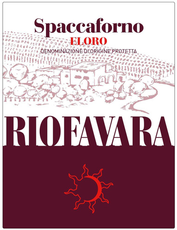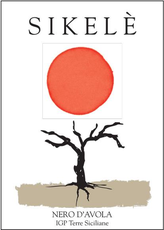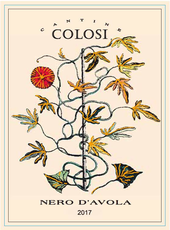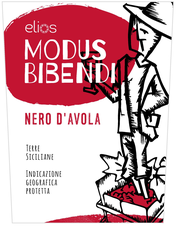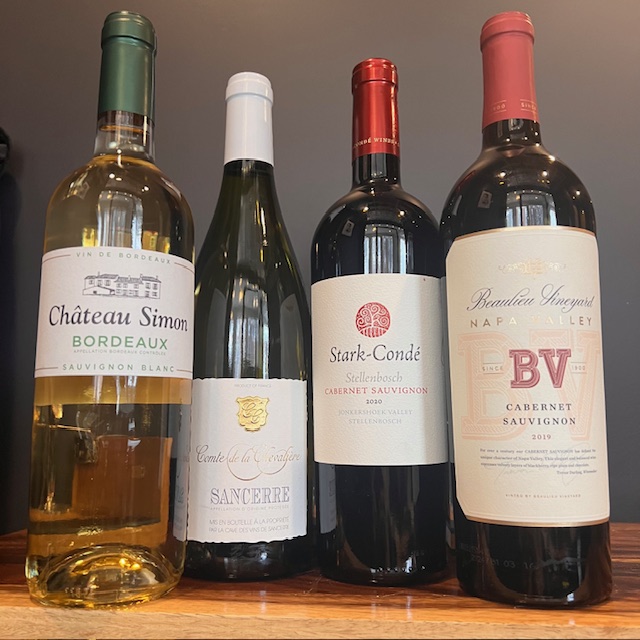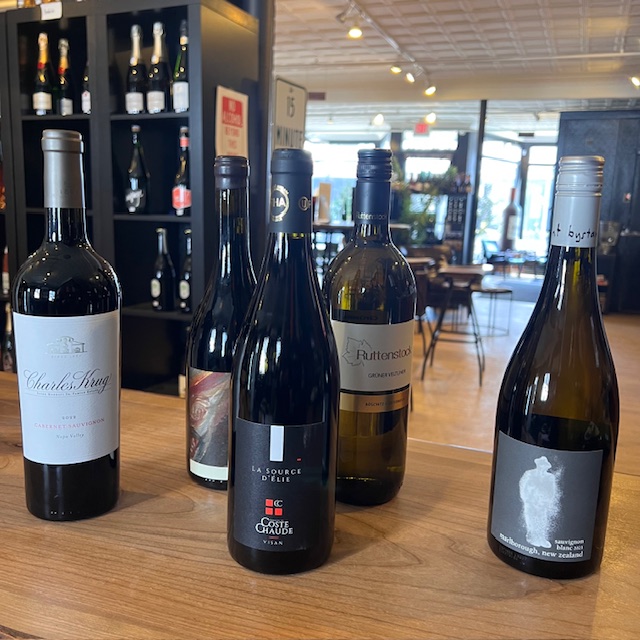Nero d’ avola by g.ellms
Nero d’ Avola (“nair-oh davo-la”)
When “dark” (nero) is the first part of a grape’s name, you can assume that it’s got some
character. Although there are varying levels of opacity, most wines made with Nero d’ Avola
have rich dark bodies that lead beautiful ruby colors to the edge of a glass. On the nose, it
expresses bold fruit-driven aromas, with floral and earthy notes. Nero d’ Avola and Syrah are
often described as having similar characteristics. I agree they do- because Nero d’ Avola often
conveys many tasting notes of new world and old world Syrah. Showing the fruit forward dark
berries, that are characteristic of full-bodied new world Syrah. While also carrying some leather
and pepper notes typical of the old world style. Nero d’ Avola has a hefty profile, with strong
tannins, acidity and medium-plus alcohol (typically 13%-14.5%). The finish is smooth and
velvety, and leaves a delightful acidic pinch on the tongue.
When searching for a bottle of Nero d’ Avola to suit your particular tastes, it is important to
consider that there are basically two styles. The less refined wines with fewer tannins, hold
pleasant femenine features. They indeed carry the dark fruit notes, characteristic of the varietalbut
on the brighter end of the spectrum. While the more refined and tannic expressions, bare
mid-sentence stopping aromas of currant and leather. If you like your wines complex and
layered, I suggest you go for the latter. While these distinctions are important to consider, not all
aromas and flavours are derived solely from winemaking processes. Warmer vintages generate
deeper flavors of dark berries, fig and plum. While cooler vintages carry more of the brighter
notes, such as red berries and cherry. Higher quality producers routinely achieve secondary
notes of pepper and spice, which make for a visceral drinking experience. Because of its innate
distinction, Nero d’ Avola was used early-on as a blending grape. Imposing its body and
structure into less exuberant wines.
The shade of Nero d’ Avola is contradictory to the bright, sunny climate of Sicily- where the
grape originates. It is the most widely planted red grape in the region. There are so many
different grapes grown on the island, that many remain unfamiliar to wine drinkers outside the
region. Sicily is just sixty miles north of Africa, off the western shore of mainland Italy.
Throughout its history, nearly all the mediterranean powers have at one time laid claim to the land
- from the Phoenicians to the Romans. However, it was the Greeks who built up the island’s
production of wine enough to inspire demand for export. The expanding market for Sicilian
wines fostered the growth of a bottom-line driven industry. Wine making here unfortunately saw
a decline in reputation through much of the early twentieth century, as producers focused on
quantity instead of quality. Luckily, there was a group of producers in the 1970’s and 80’s which
started a regional movement towards high quality wine making. Modern day Sicily produces a
variety of interesting and unique red and white wines, of dependably high caliber.
Adding to the appeal of the robust Nero d’ Avola wines, is their affordable price tag. Some of the
most delicious bottles can be purchased for twenty dollars or less. I know I’m not alone in my
ongoing quest for big delicious wines that are affordable, and pair easily with food. As the costs
of many hefty European wines continue to rise, Sicily is a great place for price conscious buyers
to direct their attention. Especially when considering which wines to pair with hearty winter
meals. - G.Ellms
Good Pairing Options:
Beef stew
Venison stew
Pasta with meat sauce
Burgers (especially with bacon)
Most gamey meats
**Avoid creamy dishes when pairing
Personal Recommendations: Riofavara Eloro DOC (~$20), Sikele Terre Siciliane (~$17), Colosi
Sicilia DOC (~$14)
